“The obvious rarely happens, the unexpected constantly occurs.” – Jesse Livermore
“A speculator is a man who observes the future, and acts before it occurs.” – Bernard Baruch
“What seems too high and risky to the majority generally goes higher and what seems low and cheap generally goes lower.” – William O’Neil
“Successful speculation implies taking risks when the odds are in your favor.” – Victor Sperandeo
“Stocks are bought not in fear but in hope. They are typically sold out of fear.” – Justin Mamis
“Accepting losses is the most important single investment device to insure safety of capital.” – Gerald M. Loeb
“To me, the “tape” is the final arbiter of any investment decision. I have a cardinal rule: Never fight the tape!” – Martin Zweig
“You have to master your ego & realize that being profitable is more important than being right.” – Martin Schwartz
“Losing a position is aggravating, whereas losing your nerve is devastating.” – Ed Seykota
“If you spend more than 13 minutes analyzing economic and market forecasts, you’ve wasted 10 minutes.” – Peter Lynch
“Risk comes from not knowing what you are doing.” – Warren Buffett
“You must learn that the market is a discounting mechanism, and that stocks sell on future and not current fundamentals.” – Stan Weinstein
“I was successful in taking larger profits than losses in proportion to the amounts invested.” – Nicholas Darvas
“The first rule of trading – there are probably many first rules – is don’t get caught in a situation in which you can lose a great deal of money for reasons you don’t understand.” – Bruce Kovner
“Intellectual capital will always trump financial capital.” – Paul Tudor Jones
“I have noticed that everyone who has ever tried to tell me that markets are efficient is poor.” – Larry Hite


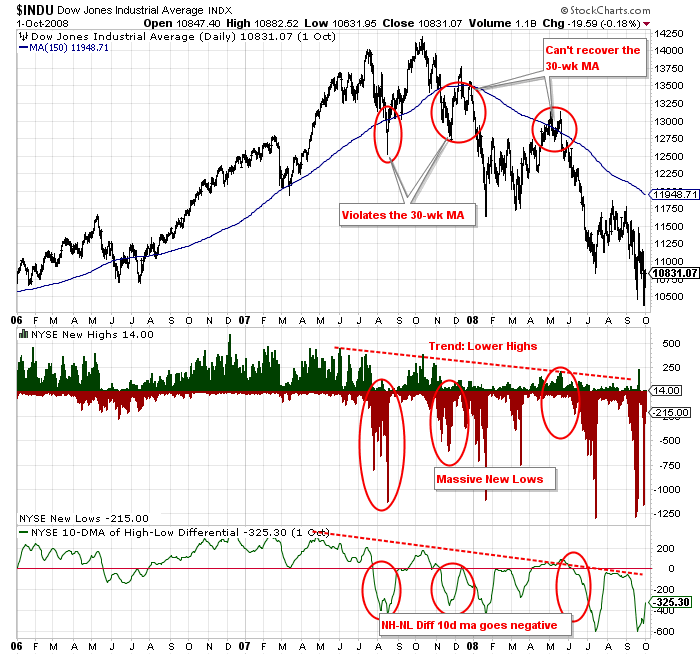
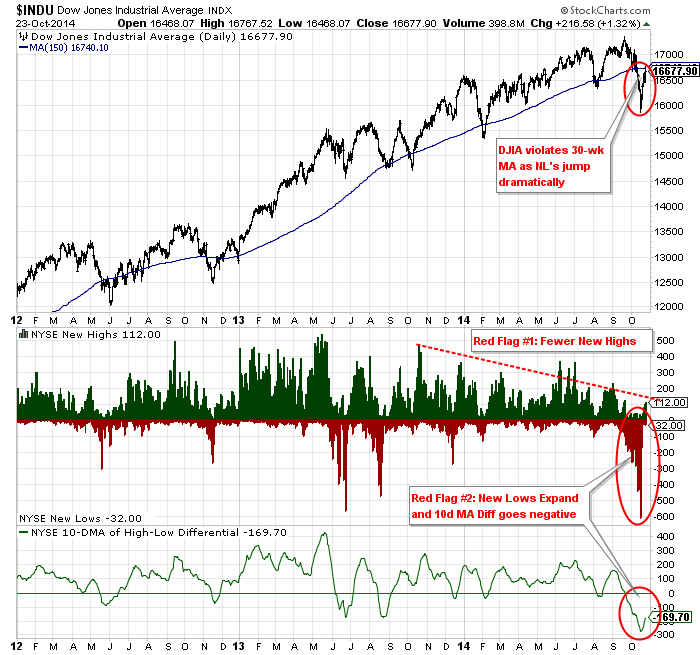
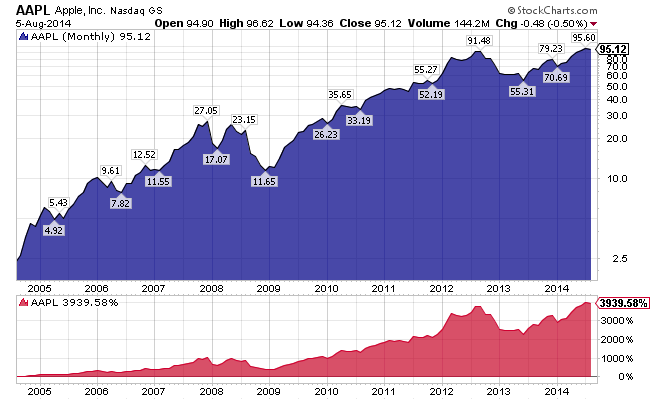
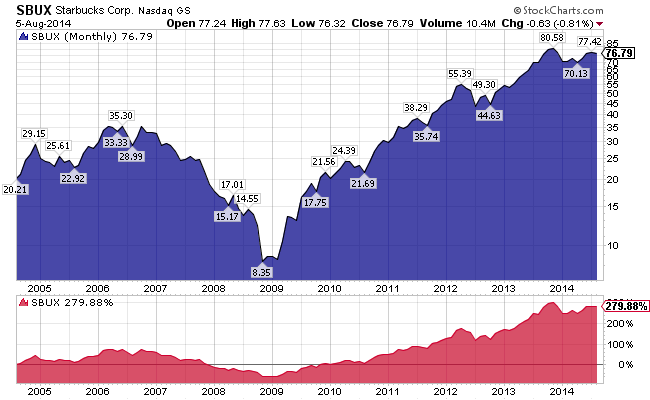

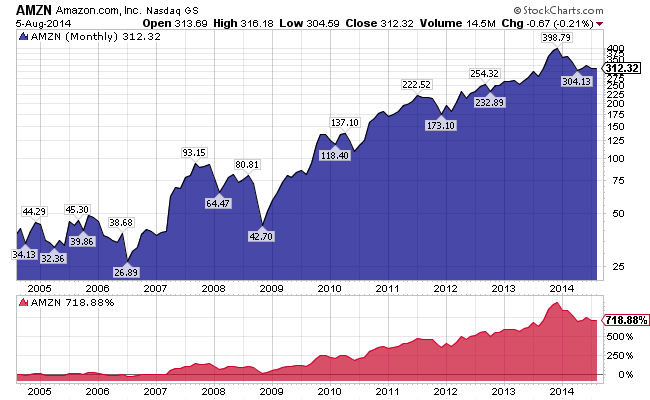
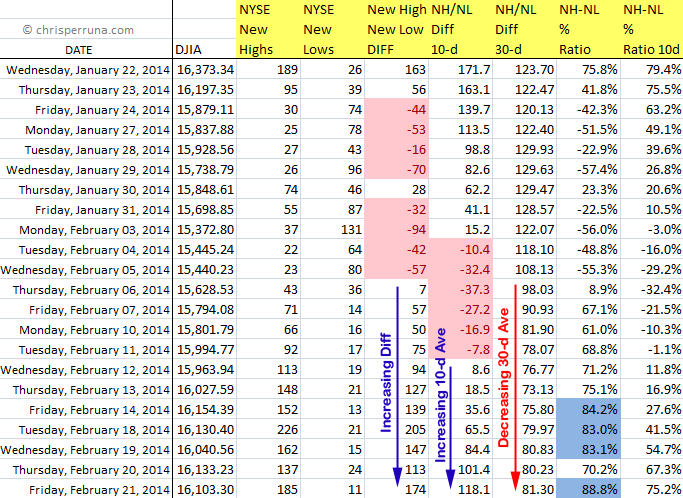
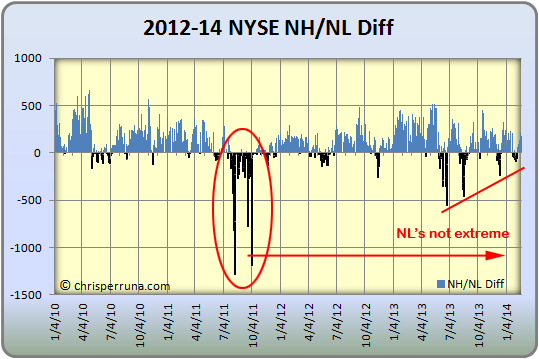
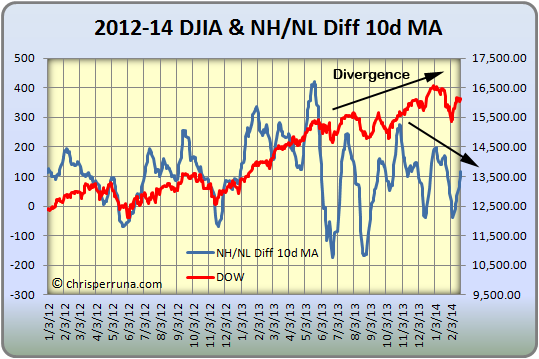
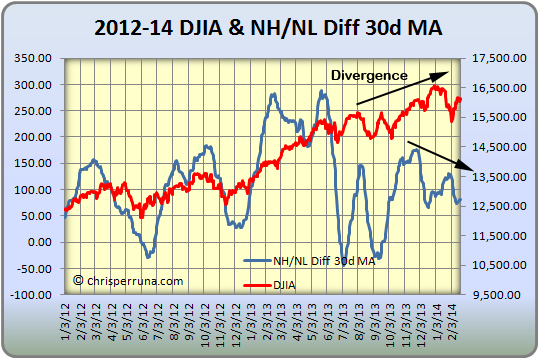

Connect with Me